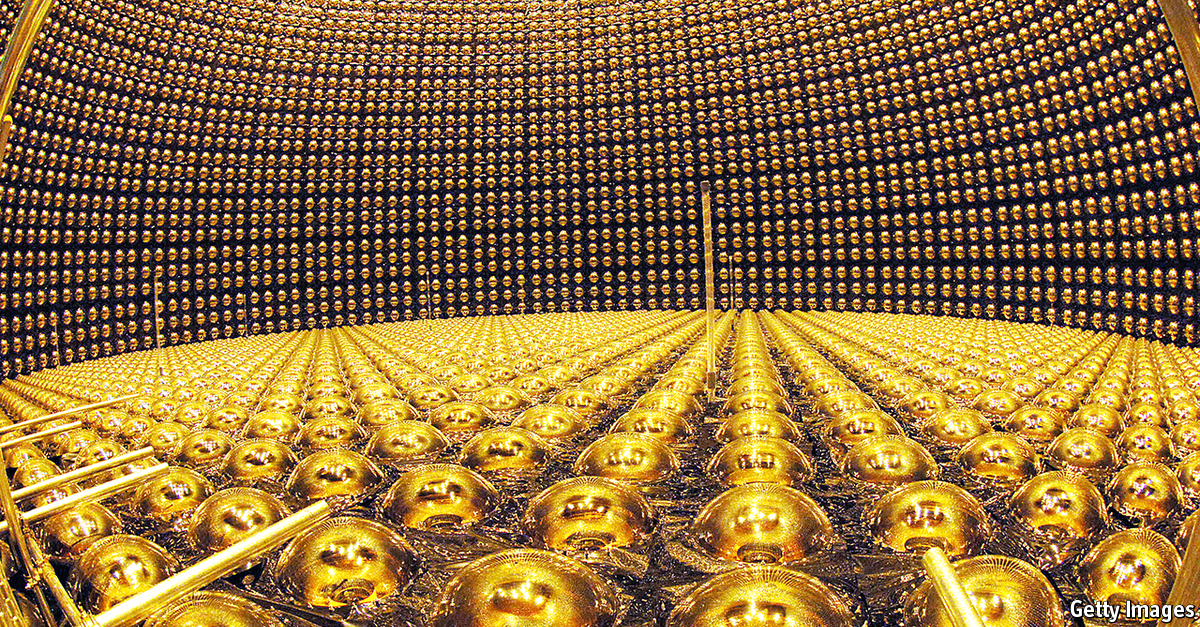What a year. I don't think I've had more than 20 nights that were good for astrophotography. Although I did notice that I have about 35 pictures up on my Astrobin site, many were either planets, globular clusters (which don't need really clear skies) or very bright nebulae. I'm looking forward to 2019; eternal optimist!
Recent attempts were to capture the brightest comet of 2018 - Comet 46P/Wirtanen. Closest approach was mid-December, but the full moon would be an issue so I started to capture it once it rose high enough to get out of the light pollution which is pretty severe to my SE-S. That was back in early December. Here is that attempt, feeble as it is. I tried to get some better shots later in the month, but processing issues have thus far prevented any reasonable result. And then came the rains.
 |
| Comet 46/P Wirtanen - Dec 4, 2018 WO GT102 Apo; QHY10 OSC Camera - 60x60 sec |
46P/Wirtanen is a small short-period comet with a current orbital period of 5.4 years. It was the original target for close investigation by the Rosetta spacecraft, planned by the European Space Agency, but an inability to meet the launch window caused Rosetta to be sent to 67P/Churyumov–Gerasimenko instead. It belongs to the Jupiter family of comets, all of which have aphelia between 5 and 6 AU. Its diameter is estimated at 1.2 kilometres (0.75 mi).
If, and when, I get the newer images processed I'll post them here.
Heads up - there will be a total eclipse of the moon on January. Here are the details from Sky and Telescope magazine.
Here are key events for the total lunar eclipse on January 20–21, 2019.
It's been more than three years since everyone in the U.S. has experienced a total lunar eclipse — the last one was September 27–28, 2015 — and skygazers are hungry for another! As the graphic at right shows, the eclipse will last almost 3½ hours from the beginning of the partial phase at 3:34 UT until it ends at 6:51 UT. Totality lasts 63 minutes, from 4:41 to 5:44 UT.
 |
| Leah Tiscione / Sky & Telescope |
The diagram at upper right and the table below show you what to look for and when (UT times are all for January 21st; local times are on the 20th if "p.m." and the 21st if "a.m."):
| Event | UT | PST | MST | CST | EST | AST |
| Penumbra first visible? | 3:10 | 7:10 p.m. | 8:10 p.m. | 9:10 p.m. | 10:10 p.m. | 11:10 p.m. |
| Partial eclipse begins | 3:34 | 7:34 p.m. | 8:34 p.m. | 9:34 p.m. | 10:34 p.m. | 11:34 p.m. |
| Total eclipse begins | 4:41 | 8:41 p.m. | 9:41 p.m. | 10:41 p.m. | 11:41 p.m. | 12:41 a.m. |
| Middle of totality | 5:12 | 9:12 p.m. | 10:12 p.m. | 11:12 p.m. | 12:12 a.m. | 1:12 a.m. |
| Total eclipse ends | 5:44 | 9:44 p.m. | 10:44 p.m. | 11:44 p.m. | 12:44 a.m. | 1:44 a.m. |
| Partial eclipse ends | 6:51 | 10:51 p.m. | 11:51 p.m. | 12:51 a.m. | 1:51 a.m. | 2:51 a.m. |
| Penumbra last visible? | 7:15 | 11:15 p.m. | 12:15 a.m. | 1:15 a.m. | 2:15 a.m. | 3:15 a.m. |

















/cdn.vox-cdn.com/uploads/chorus_image/image/58598377/Screen_Shot_2018_02_06_at_3.48.54_PM.0.png)





